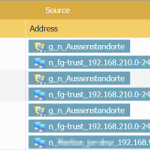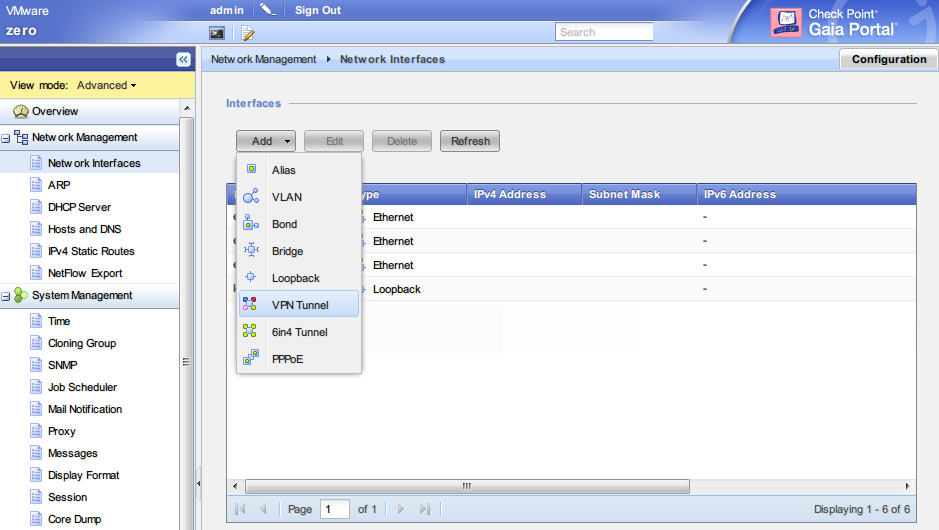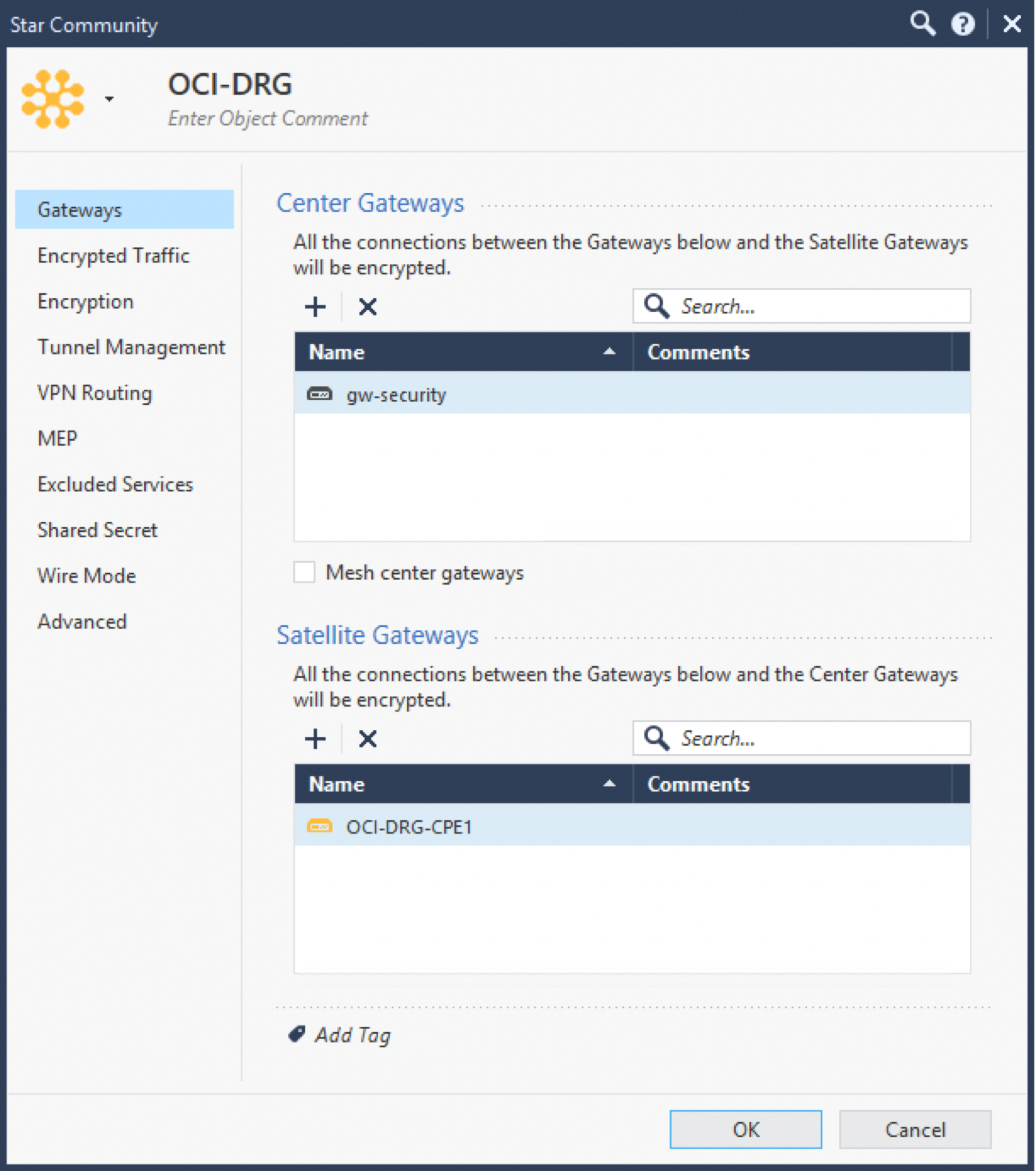

Synonym: Single-Domain Security Management Server. of the Security Management Server Dedicated Check Point server that runs Check Point software to manage the objects and policies in a Check Point environment within a single management Domain. To deploy Route Based VPN, Directional Rules have to be configured in the Rule Base All rules configured in a given Security Policy. Route Based VPN can only be implemented between Security Gateways within the same VPN community.

A dynamic routing protocol daemon running on the Security Gateway can exchange routing information with a neighboring routing daemon running on the other end of an IPsec tunnel, which appears to be a single hop away. This infrastructure allows dynamic routing protocols to use VTIs. The native IP routing mechanism on each Security Gateway can then direct traffic into the tunnel as it would for other interfaces.Īll traffic destined to the VPN domain of a peer Security Gateway is routed through the "associated" VTI. Configure the peer Security Gateway with a corresponding VTI. The tunnel itself with all of its properties is defined, as before, by a VPN Community A named collection of VPN domains, each protected by a VPN gateway. Each VTI is associated with a single tunnel to a Security Gateway.

to the VPN domain of the peer Security Gateway.

Interfaces (VTI) is based on the idea that setting up a VTI between peer Security Gateways is similar to connecting them directly.Ī VTI is a virtual interface that can be used as a Security Gateway Dedicated Check Point server that runs Check Point software to inspect traffic and enforce Security Policies for connected network resources. The use of VPN Tunnel An encrypted connection between two hosts using standard protocols (such as L2TP) to encrypt traffic going in and decrypt it coming out, creating an encapsulated network through which data can be safely shared as though on a physical private line. Route Based VPN Overview of Route-based VPN


 0 kommentar(er)
0 kommentar(er)
